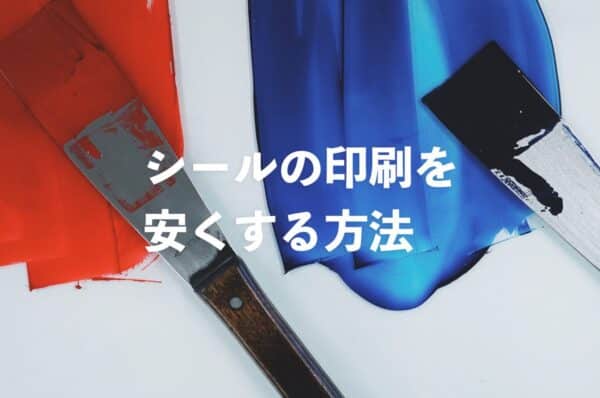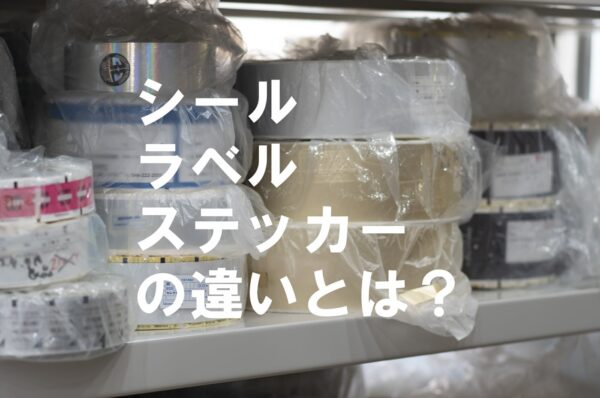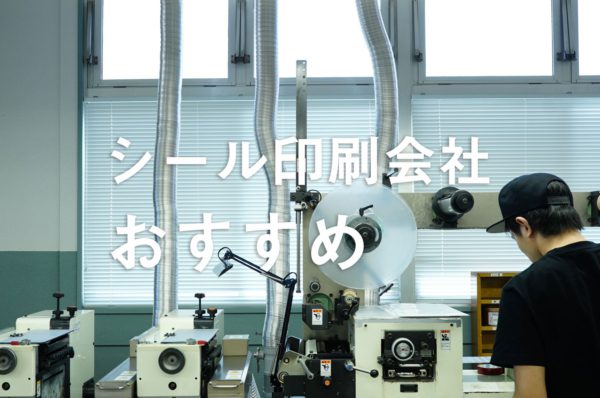What Is Spot Color? Differences Between CMYK and Spot Colors
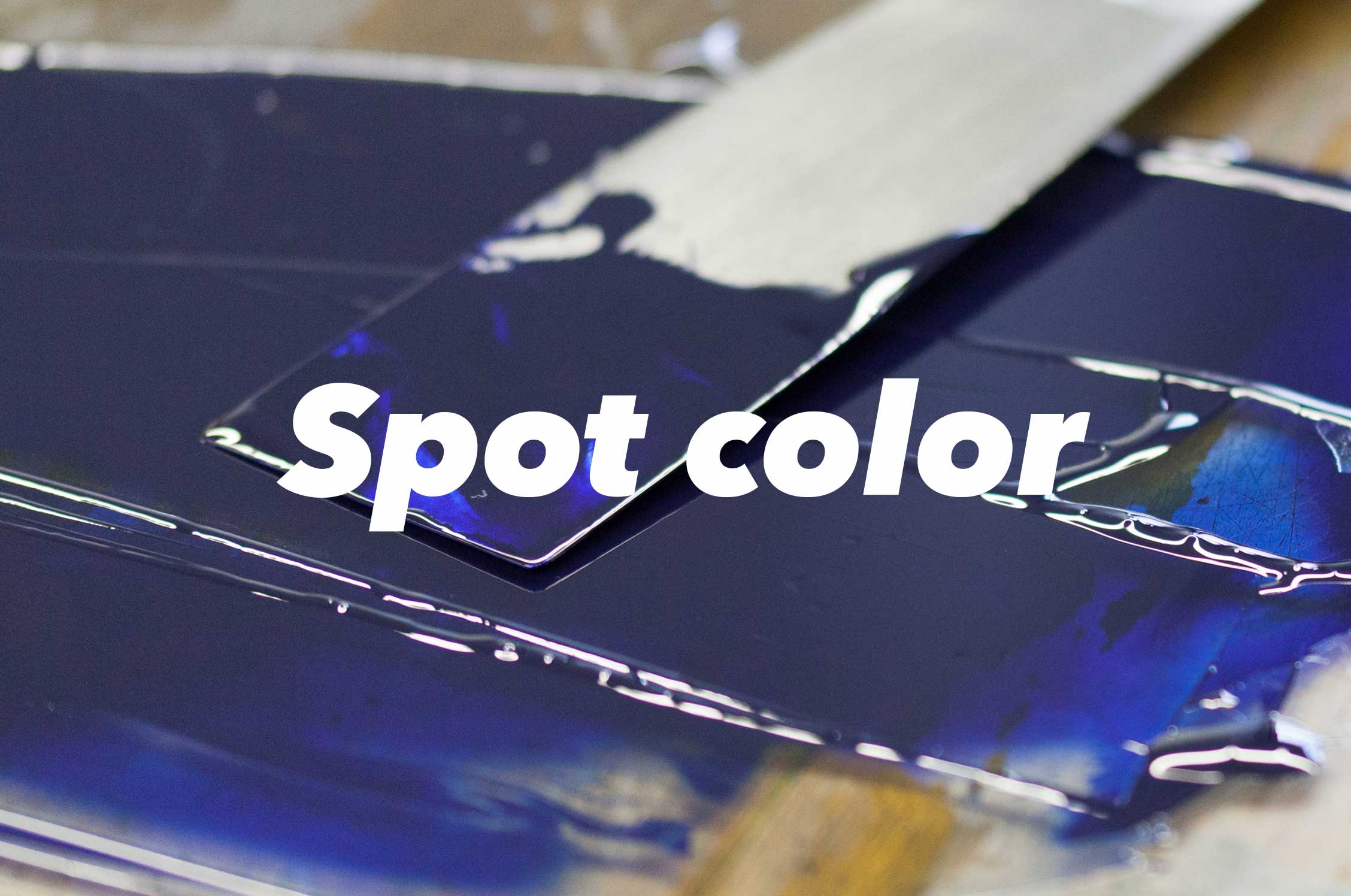
Today, we will explain the differences between "spot colors" and "CMYK colors" in seal printing.
The quality of printed materials is determined by "color." Sometimes instructions focus on the colors displayed on a PC monitor without considering the actual printed result.
It is not widely known, but the "colors seen on a PC monitor" differ from "color chips", so customer awareness is necessary.
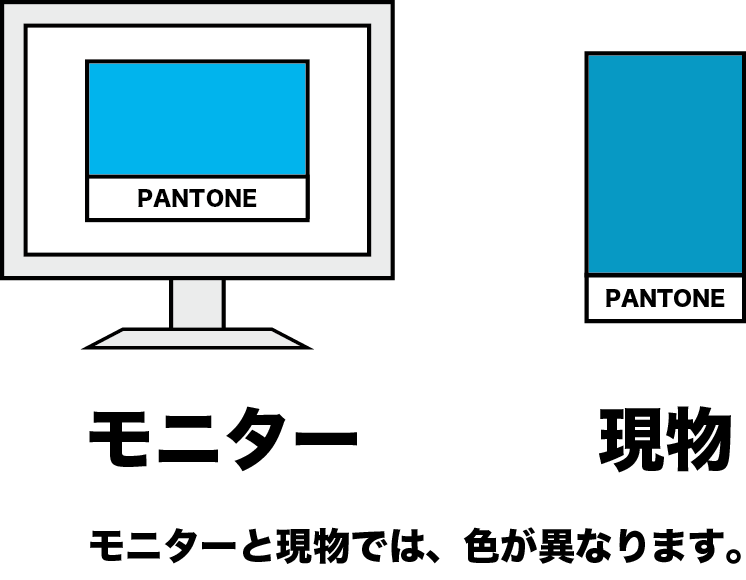
This time, we are explaining the differences between four-color process printing and spot color printing, as well as how to provide instructions to printing companies. This is basic knowledge for ordering printed materials, so we hope you will find it helpful in the future.
Please feel free to contact us.
What Are Spot Colors?
In printing, spot colors refer to colors that are custom-mixed to match the customer's specified color. Think of it as mixing various inks to match a color sample or PANTONE number as directed. This is what spot colors are.
Common examples of spot colors include:
・As mentioned earlier, we receive instructions based on the color numbers from color guides like PANTONE or DIC, and we create the ink to match that color. This is the most common way to order spot colors.
・There are also metallic inks with a shiny, metallic finish. We have gold and silver inks, which can be mixed with other colors to achieve the desired shade. For example, mixing blue ink with silver ink to create a blue metallic print is possible. PANTONE also has metallic colors, so please provide instructions using their numbers.
・Another method is to match a color sample, where we mix the ink while looking at the actual sample. If you don't have a PANTONE or DIC color guide, please provide a color sample.
These spot colors are used to add uniqueness and appeal to printed materials. They play an important role in conveying specific effects or intentions. In the printing industry, using spot colors expands design possibilities, allowing for more vivid and unique prints.
Differences Between Four-Color Process and Spot Colors
In short, single-color designs look better printed with "spot colors" rather than the "four-color process." Four-color process printing reproduces colors by overlapping the four CMYK inks. In contrast, spot colors are pre-mixed to achieve the desired color. Please see below.
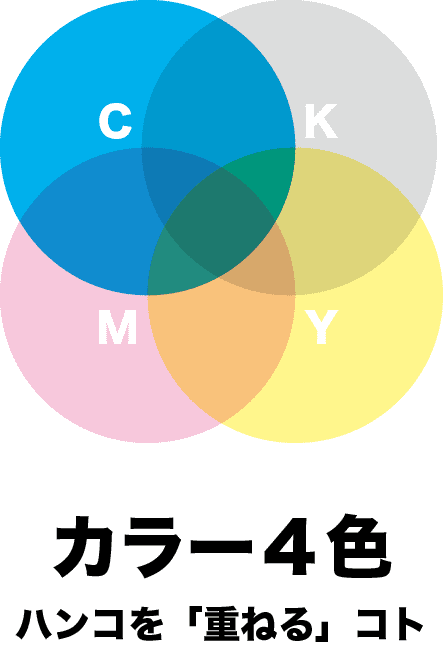
The four-color process involves overlapping four plates (stamps) of CMYK inks. This overlapping during the printing process can cause colors to darken or dull.
Additionally, with four-color process printing, it is often difficult to achieve the target color through ink adjustments alone. This requires adjusting the original AI data's CMYK settings, and no matter how much the ink is adjusted, the desired color cannot be achieved (even for experienced printers, this is a physically challenging issue).
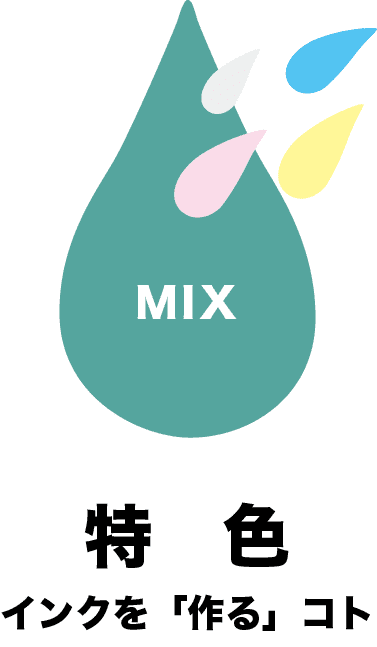
On the other hand, spot colors are pre-mixed inks specified by PANTONE or DIC. This allows for more accurate color reproduction compared to four-color process printing.
"Hmm? This color seems a bit off." Such issues after delivery can be avoided with spot colors. (This is significant!)
More About Spot Colors
Are you still wondering about "plate overlapping?" or "ink mixing?" Let's understand it better with printing machines. Please see below.
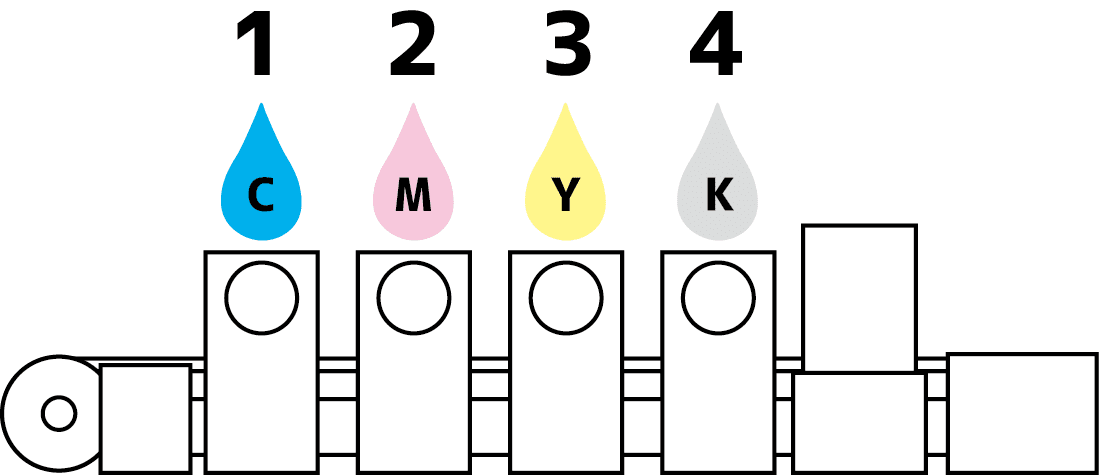
The four-color process uses four units (ink pots). The density of the CMYK inks is adjusted during operation.
As mentioned earlier, there are limitations to adjusting CMYK inks.
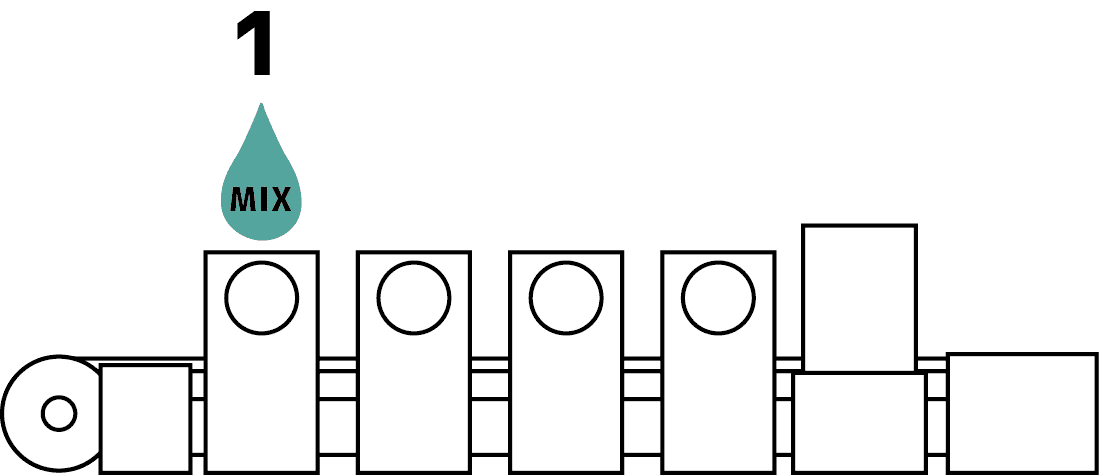
As shown above, spot colors are pre-mixed to closely match the specified color before printing. This requires fewer units, making it cost-effective (in our company).
In Conclusion
Even if you instruct us to print in "four-color process as per the data," there can be differences in the colors, resulting in "This isn't the color I wanted..."
Different printing methods (letterpress, offset, on-demand) can cause color variations even with the same data. Therefore, it is not advisable to specify spot colors with CMYK mixes.
Information Needed to Specify Spot Colors
・PANTONE or DIC color chips
・Color samples
・PANTONE or DIC instructions
We request that you provide actual samples such as "PANTONE" or "DIC" or color samples. As mentioned before, PC monitors and printed materials do not match in color, so providing the actual color in advance will prevent any discrepancies upon delivery.
If actual samples are not available, instructions with PANTONE or DIC color numbers are also acceptable. You can specify "PANTONE+Solid Coated" or "PANTONE+Solid Uncoated" in AI data (Window → Swatch → Open Swatch Library → Color Book).
Summary of Differences Between Four-Color Process and Spot Colors
・CMYK: Variable color (color can change depending on conditions)
・Spot Colors: Stable color (color does not change if specified correctly)
For single-color designs, do not specify with four-color process, but provide specific "color" instructions using PANTONE, DIC, or color samples.
Our staff may contact you to request "PANTONE or DIC color specification." You may feel, "I don't understand, just do it with the data," but we prioritize your satisfaction with the "color" and handle it responsibly. Thank you for your cooperation.
Related Articles
How to Create Print Data in CMYK|Differences from RGB Explained

Start Your Project Now!
Contact Us or Get a Quote!


